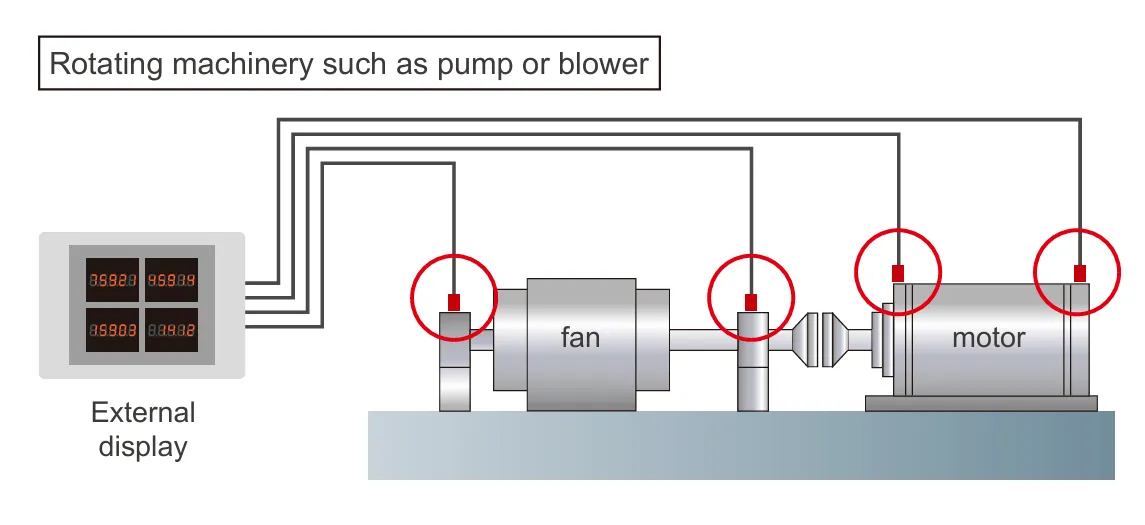Vibration Sensor – Basics, Working Principle, and Industrial Use
Published on July 16, 2024 | Category: introductionShare this Page:
Vibration is the oscillating movement of a mechanical system or component around a point of equilibrium. In industrial environments, monitoring vibration is a powerful tool for detecting the health, performance, and potential faults of rotating machinery such as motors, pumps, fans, and gearboxes.
The measurement of vibration is the most common method of assessing the mechanical status of machinery for condition monitoring purposes. Although significant advances have been made in vibration monitoring and analysis equipment, the selection of sensors and their proper installation are still key factors in ensuring reliable data.
Investing in high-quality vibration sensors is a smart decision, as they provide accurate and consistent information about the condition of critical equipment. In contrast, poor-quality sensors and improper mounting can result in misleading data or even fail to detect serious mechanical issues—leading to unexpected breakdowns and costly downtime.
This page covers the basics of vibration sensors, including how they work, types of sensors available (like piezoelectric and MEMS), real-world applications, and best practices for sensor installation in industrial systems.
What is Vibration?
Vibration is the repetitive movement of an object around a balanced or neutral position. This motion occurs in a back-and-forth or up-and-down pattern and is a natural result of energy being transferred through a mechanical system.
Three key terms define vibration behavior: amplitude, which shows how far the object moves; frequency, which measures how many times the motion occurs in a second (in hertz); and phase, which describes the timing of the movement in relation to a reference point.
How Does Vibration Impact Motors and Machinery?
Uncontrolled or excessive vibration in motors and mechanical systems can lead to serious operational issues. Over time, vibration can loosen components, accelerate wear on bearings, and cause shaft misalignment.
For electric motors, this means reduced performance, overheating, energy losses, and eventual failure. In high-speed rotating machinery, even small imbalances can generate damaging forces that compromise efficiency and safety.
Why Are Vibration Sensors Important in Industry?
Vibration sensors are essential tools for monitoring equipment health and ensuring reliable operation. They continuously track how machinery behaves and detect changes that signal mechanical issues before they become critical.
By using vibration sensors, industries can move from reactive to proactive maintenance strategies. This reduces downtime, improves asset longevity, and helps avoid unplanned failures. These sensors are a key part of modern condition monitoring systems across industries like manufacturing, oil & gas, power plants, and more.
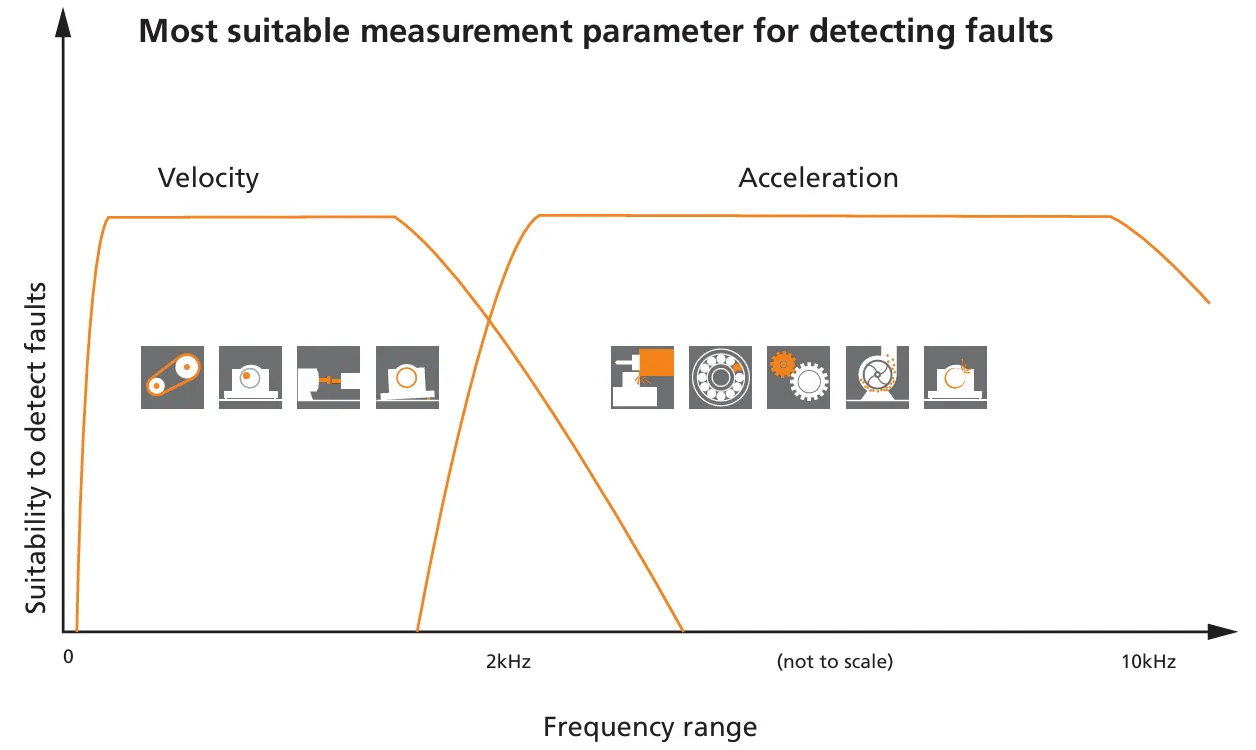
What is a Vibration Sensor?
A vibration sensor is a device that detects and measures vibration levels in machines, structures, or systems. It converts mechanical motion (vibration or oscillation) into an electrical signal that can be analyzed to determine the health or status of the equipment.
In industrial applications, vibration sensors are commonly used for condition monitoring of rotating equipment such as motors, pumps, compressors, and turbines. They help identify issues like imbalance, misalignment, looseness, bearing failures, or structural resonance—before they lead to costly breakdowns.
There are various types of vibration sensors, including piezoelectric sensors, MEMS accelerometers, and velocity sensors, each suitable for different ranges and frequencies of vibration.
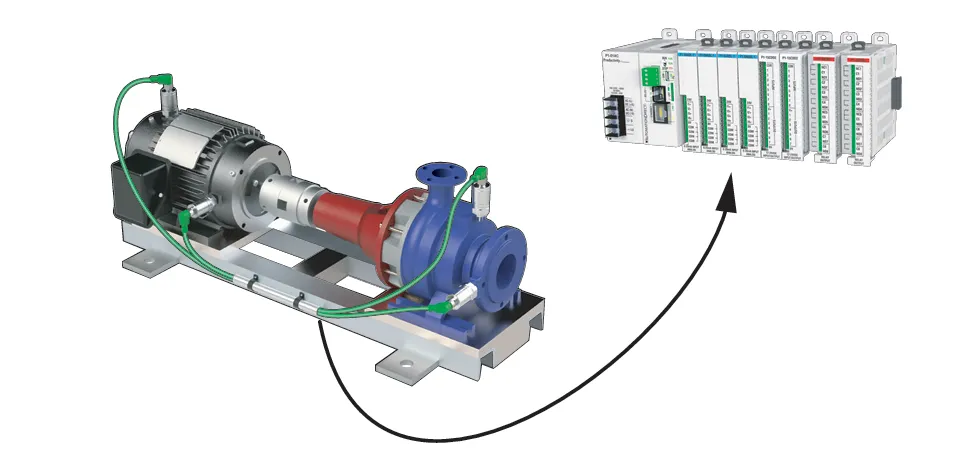
Types of Vibration Sensors
Vibration sensors come in various types, each designed to detect different forms and frequencies of vibration based on the application. The choice of sensor depends on factors like sensitivity, frequency range, cost, and installation method. Below are the most common types used in industrial condition monitoring:
1. Piezoelectric Vibration Sensor
This is the most widely used type. It relies on piezoelectric crystals that generate an electrical signal when subjected to mechanical stress or vibration. These sensors are ideal for high-frequency monitoring and are known for their sensitivity and durability in harsh environments.
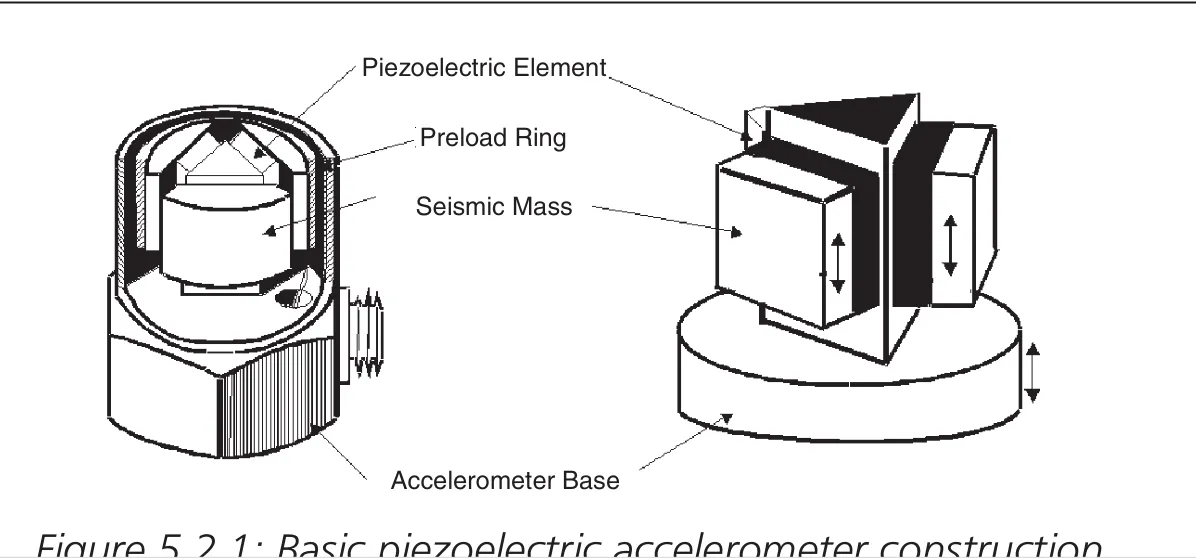
2. MEMS Accelerometer
MEMS (Micro-Electro-Mechanical Systems) sensors are compact and cost-effective accelerometers commonly used in portable or embedded systems. They detect vibration by measuring changes in capacitance as the internal structures move. MEMS sensors are ideal for low- to mid-frequency applications.
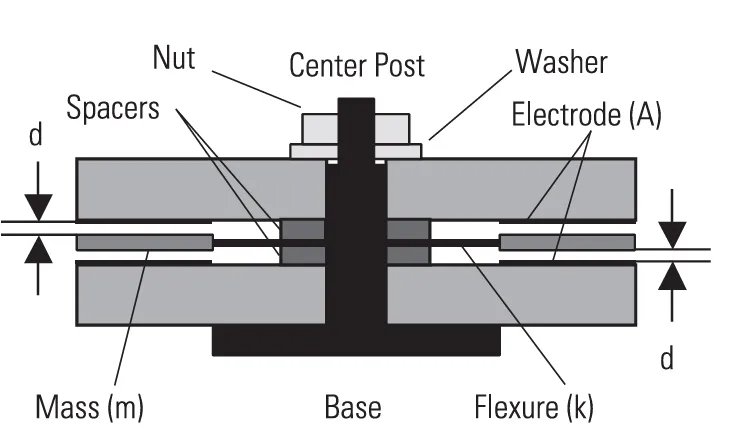
3. Velocity Sensor
Velocity sensors measure the speed of vibration in mm/s or in/s. These are often used in rotating machines to detect imbalance or misalignment. They provide a good balance between sensitivity and signal stability for general-purpose vibration monitoring.
4. Displacement Sensor
Displacement sensors measure the actual movement or position shift of a component due to vibration, often using eddy current or proximity sensing. These are ideal for low-frequency or large displacement applications, such as in turbines or large rotating equipment.
5. Strain Gauge-Based Sensor
These sensors measure the strain or deformation in a structure caused by vibration. They are more often used in structural health monitoring where mechanical stress and fatigue analysis are needed.
6. Capacitive Vibration Sensor
Capacitive sensors work by detecting changes in capacitance due to relative motion between conductive plates. They are highly sensitive and are used in specialized applications requiring fine resolution.
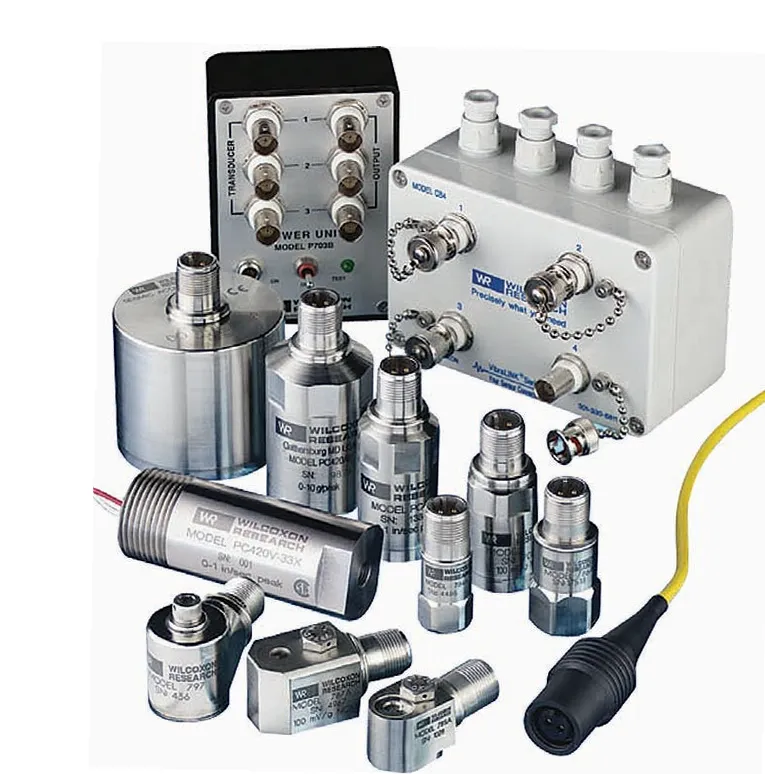
Causes of Vibration in Machines
Vibration in machinery is typically caused by dynamic forces that act on components during operation. These forces may originate from both internal and external sources, and can occur under normal or faulty operating conditions. Understanding the root causes of vibration is essential for diagnosing issues and maintaining machine health.
Common causes of machine vibration include:
- Rotating Unbalance: Uneven mass distribution in rotating parts generates forces that vary in direction with time, leading to cyclical vibrations.
- Electromagnetic Imbalance: In electric motors, unequal air gaps between the rotor and stator can cause fluctuating magnetic forces that change in intensity over time.
- Mechanical Friction: Friction between rotating and stationary components—such as bearings or sliding contacts—can create continuous or intermittent vibrations.
- Impacts and Shocks: Repetitive impacts, like gear tooth engagement or defects in bearing raceways, introduce sharp vibration pulses during rotation.
- Flow Turbulence: Irregular flow in pumps, fans, blowers, or gas turbines can produce random vibration forces due to fluid turbulence or pressure fluctuations.
- Combustion Forces: In engines and gas turbines, vibrations can arise from combustion cycles that are not phase-locked to mechanical rotation.
Vibration is often linked to periodic events such as rotating shafts, gear meshing, or electromagnetic field cycles. However, not all vibration is synchronized—random or semi-periodic sources, especially those involving fluid flow or combustion, can also contribute significantly.
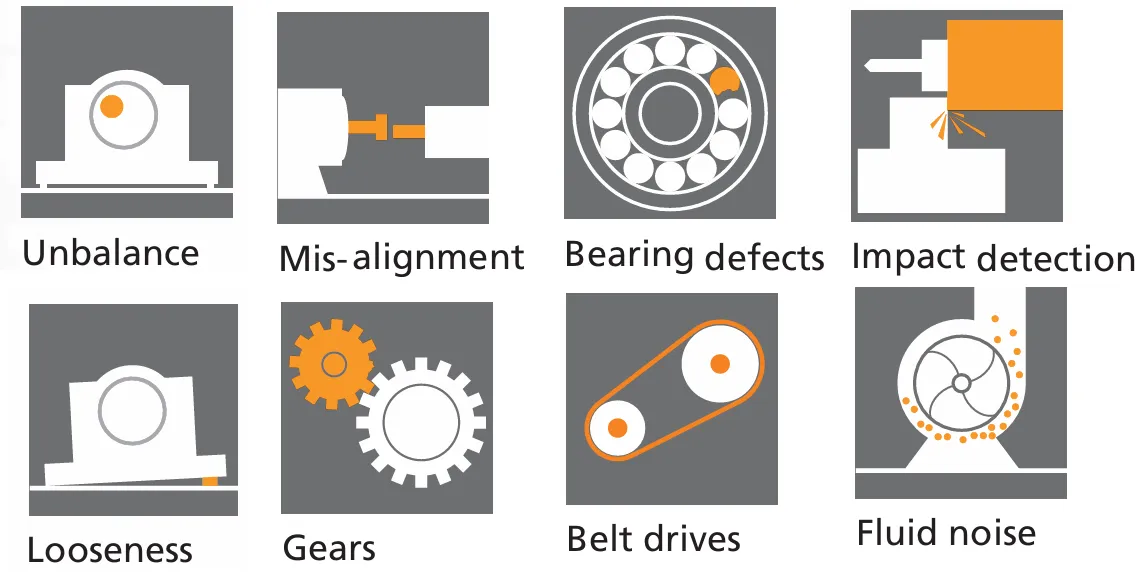
Working Principle of Vibration Sensors
1. Eddy Current Type (Non-Contact Vibration Probe)
Eddy current vibration sensors work on the principle of electromagnetic induction. A coil wound around a ferromagnetic core creates a magnetic field. When placed close to a rotating shaft, eddy currents are induced in the shaft, changing the magnetic field and producing a signal proportional to shaft movement.
These probes are typically mounted 40–50 mils away from the shaft and give an output of around 200 mV/mil. To measure both horizontal and vertical motion, two probes are placed 90° apart, often installed at 45° angles due to mechanical limitations.
The output signal is sinusoidal, showing the displacement (peak-to-peak) of shaft vibration. Since it measures relative movement between the shaft and sensor, it is classified as a relative displacement sensor.
Key Points:
- Measures relative shaft displacement
- Non-contact type – suitable for journal bearings
- Requires oscillator-demodulator for signal processing
- Used in critical rotating equipment monitoring
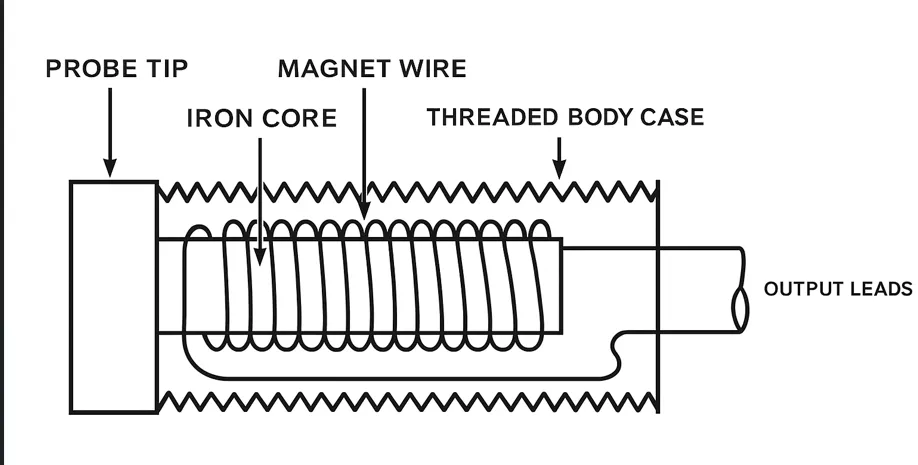
2. Accelerometer Type Vibration Sensor
An accelerometer measures acceleration using a piezoelectric crystal. Inside the sensor, a small mass is placed above the crystal. When the machine vibrates, the mass exerts a force on the crystal, which generates an electric charge due to the piezoelectric effect.
These sensors are absolute-type and require external power. They are ideal for detecting high-frequency faults like bearing damage, cavitation, and gear defects.
By integrating the output signal electronically, velocity can also be measured. Some accelerometers come with built-in integrators and are known as velometers.
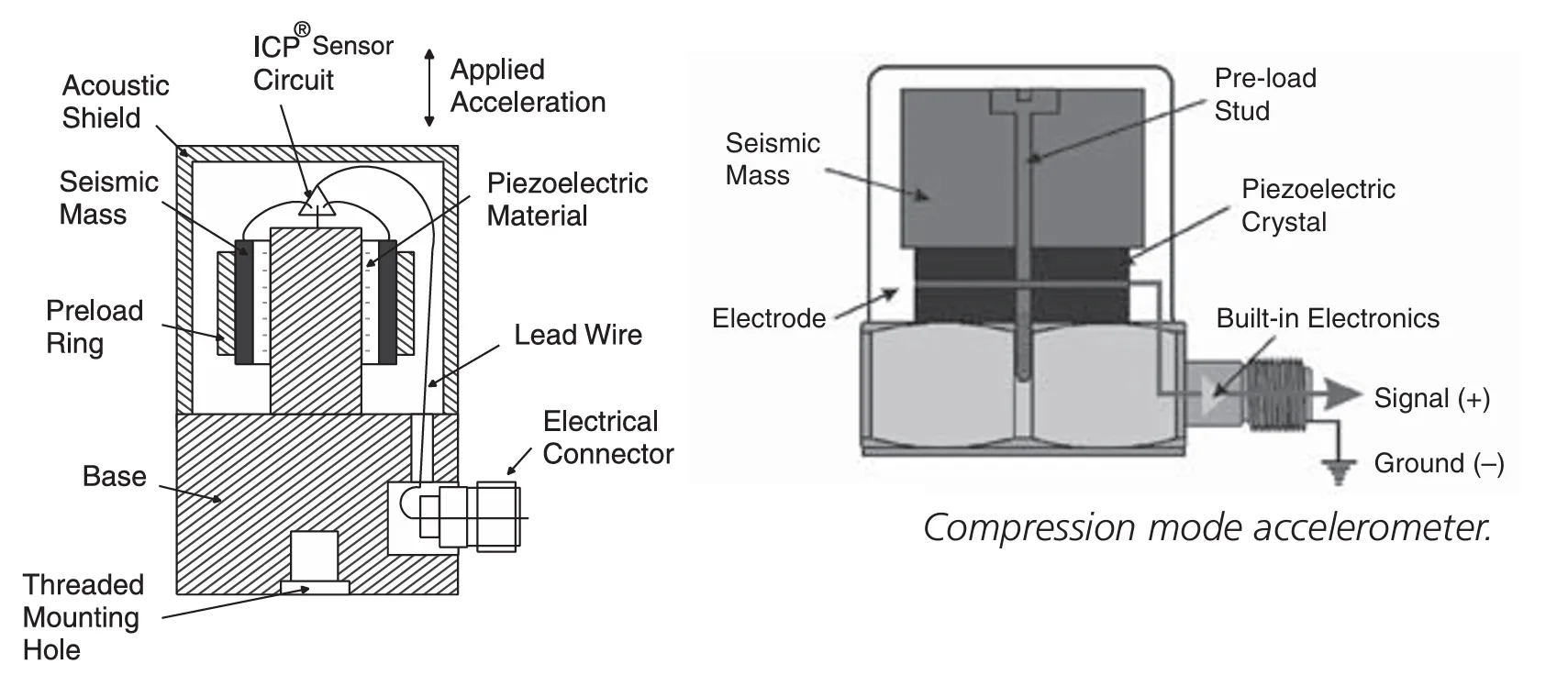
Key Points:
- Measures acceleration directly
- Can derive velocity by integration
- Suitable for anti-friction bearings and high-speed machines
- Used in high-temperature and high-frequency vibration monitoring
Comparison of Sensor Use Based on Bearing Type
- Journal Bearings: Use non-contact eddy current probes to measure relative shaft movement.
- Anti-Friction Bearings: Use accelerometers or contact sensors due to low damping in the casing.
Relative vs. Absolute Measurement Summary
- Displacement Sensors: Measure relative movement between shaft and probe.
- Accelerometers: Measure absolute movement. Use two sensors and subtract outputs for relative motion.
- Velocity Sensors: Usually measure absolute velocity; used for fault detection like imbalance and misalignment.
Units of Vibration Measurement
Vibration is typically measured using two main parameters: velocity and acceleration. Both help in detecting different types of faults in rotating machines, depending on their frequency characteristics.
Velocity (mm/sec)
Velocity measures the speed of vibration in a given direction and is expressed in millimeters per second (mm/sec). It is best suited for detecting faults like unbalance, misalignment, and looseness. These issues release vibration energy in the low to mid-frequency range (up to ~3000 Hz).
Acceleration (g or mg)
Acceleration measures how quickly the vibration speed changes. It is expressed in units of g or mg (1 mg = 1/1000 of gravitational force). Acceleration is ideal for capturing high-frequency events such as bearing defects, gearbox faults, small shocks, pump cavitation, and early-stage impacts.
Frequency Range and Fault Detection
The main difference between velocity and acceleration monitoring lies in the frequency range. Velocity is more effective for faults that generate continuous energy, while acceleration is better for short, sharp forces.
The diagram below shows the typical frequency ranges in which common vibration faults occur, along with the most suitable measurement parameter for detecting each type.
Output of a Vibration Sensor
The output of a vibration sensor is an electrical signal that represents the mechanical vibration of a machine or structure. This signal can be either analog or digital, depending on the sensor type and its application.
Analog Output
Most traditional vibration sensors, such as piezoelectric accelerometers, generate an analog voltage output. The magnitude of this voltage corresponds to the vibration amplitude. For example, a sensor may output 100 mV/g, where 1 g represents the acceleration due to gravity. This signal is continuous and varies based on the vibration level.
Digital Output
Some modern sensors, especially those with built-in signal conditioning or MEMS technology, offer digital outputs. These sensors convert the vibration data into digital format (such as I2C, SPI, or even 4-20 mA with a digital interface), which can be directly integrated with PLCs, microcontrollers, or monitoring systems.
Typical Output Types:
- Voltage Output: e.g., 100 mV/g, 500 mV/g
- Current Output: e.g., 4–20 mA (used in industrial transmitters)
- Digital Output: SPI, I2C, USB (in smart sensors or wireless systems)
The output signal is analyzed by condition monitoring systems to identify abnormal vibration patterns, frequency content, and potential faults in the equipment.
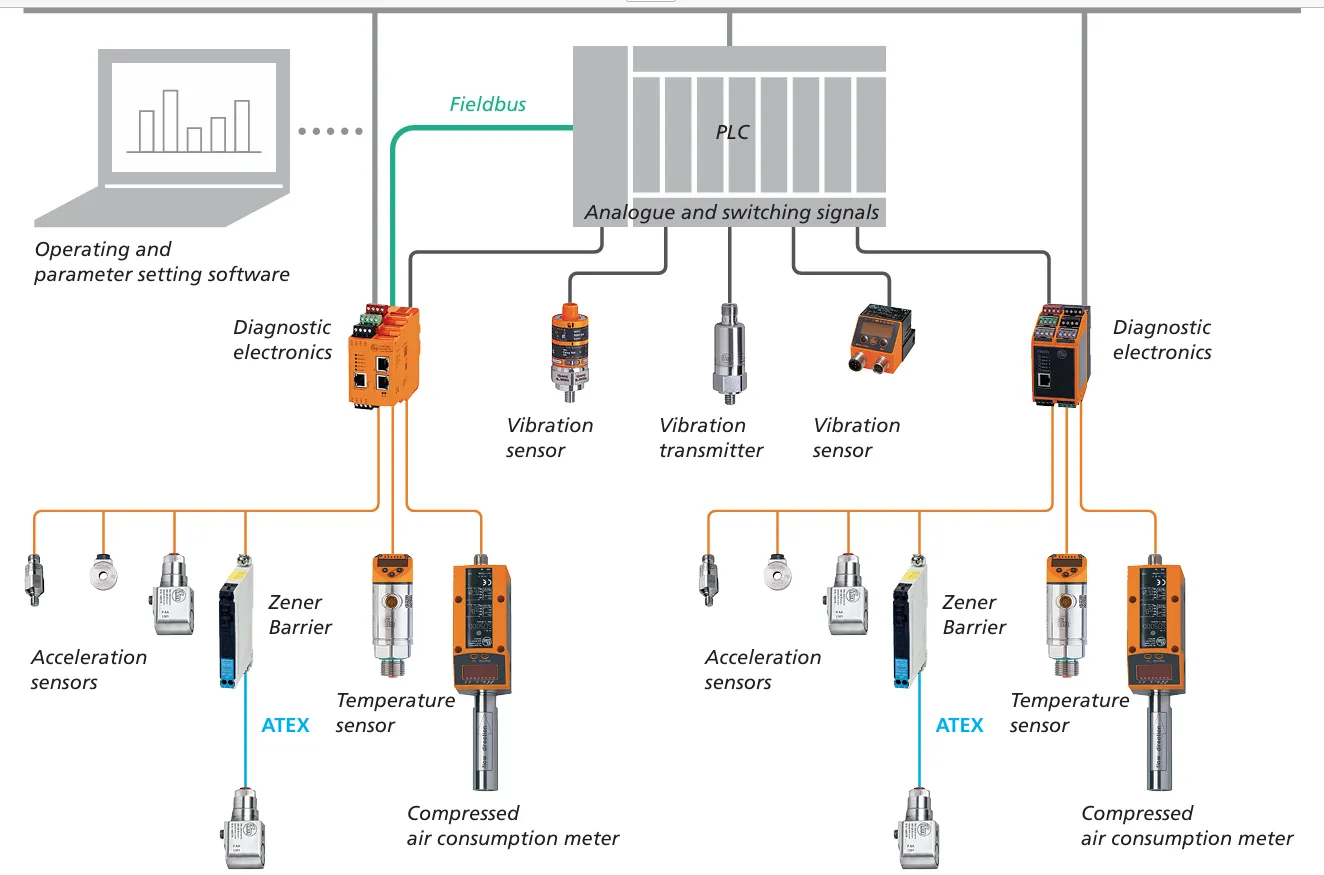
Installation of a Vibration Sensor
Proper installation of a vibration sensor is critical to ensure accurate and reliable data. Incorrect mounting can distort readings, reduce sensitivity, or introduce noise. The goal is to create a solid, direct path between the vibrating surface and the sensor element.
Key Installation Guidelines:
- Mount on a clean, flat surface: Ensure the mounting surface is smooth and free from paint, rust, or debris to maintain good contact.
- Use recommended mounting method: Common methods include stud mounting (preferred for permanent use), adhesive mounting (for temporary setups), and magnetic bases (for portability).
- Tighten with proper torque: Use the correct torque value (as specified by the sensor manufacturer) to avoid overtightening or under-tightening, which can affect frequency response.
- Align sensor with motion direction: Mount the sensor in the correct orientation (X, Y, or Z axis) depending on the desired vibration direction.
- Use shielded cables: To minimize electrical noise, always use properly shielded and grounded cables for signal transmission.
Common Mounting Types:
- Stud Mount: Most reliable and suited for high-frequency vibration measurement.
- Adhesive Mount: Quick installation but may reduce accuracy at high frequencies.
- Magnetic Base: Easy to move, ideal for inspections, but can shift during operation.
Correct sensor placement is usually near bearings or critical rotating components where vibration is expected to originate. Always follow manufacturer guidelines to ensure optimal sensor performance.
